1. Fast Puffy Type Explosions in Maya
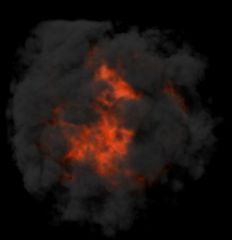
This tutorial will show how to make simple puffy explosion using fluids in Maya. It will explode and then give off black smoke.
2. Kludge City 01.7 (Maya script)
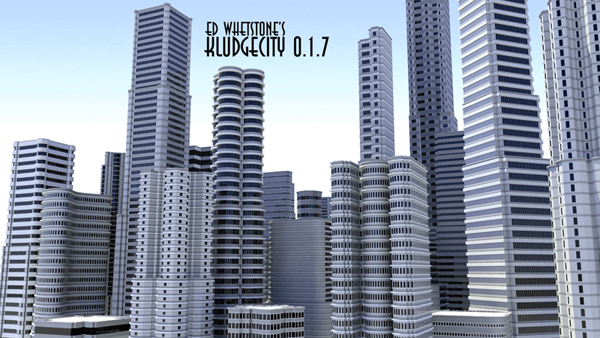
Kludge city is a procedural building and skyscraper generator being developed by Visual Effects Artist, Ed Whetstone, as part of his short film project, “The Deliverator”. It is open-source, and freely available for anyone to use or edit, so head on over to www.whetstonevfx.com and download it now!
3. Making a Blizzard
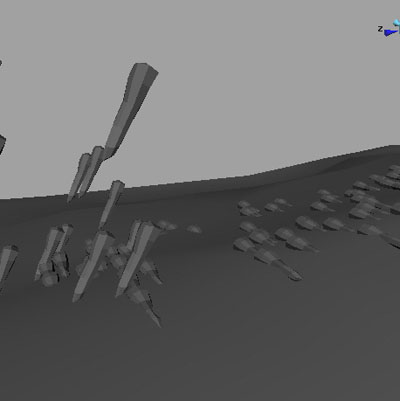
This tutorial will show you how to make a simple blizzard in Maya using the particle instancer.
Before starting this tutorial it would be a good idea to look at my previous tutorials about particle instancers.
4. Making Tank Treads using AS_TreadsCreation script
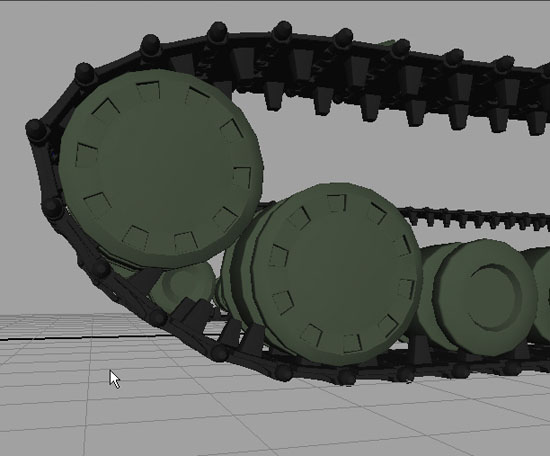
Ever wondered how to make tank treads? There’s no easy way. But there is help.
5. Object spreading methods using Maya.
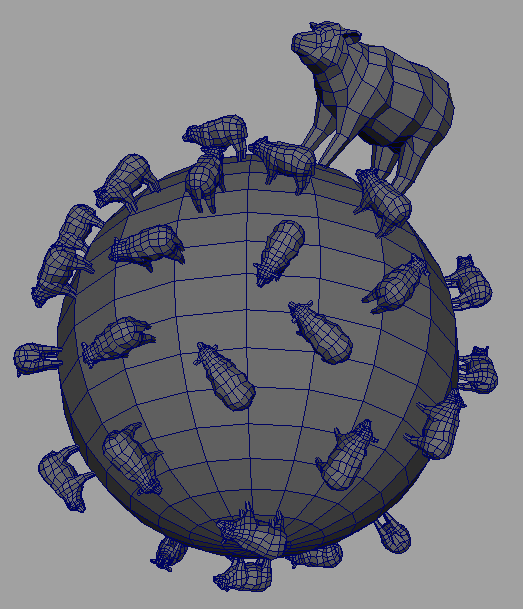
Contrary to other classic 3d package, Maya has not dedicated tools to spread objects and it is often asked how to indeed. Placing each objects would be stupid and exhausting. In this article, I demonstrate five methods from my own experience/analysis and some talking boards threads. But their may exist many other methods that I did not list… for instance at rendering or at compositing. Feel free to contact me about this article or just to give your opinion about it. I really hope my article could help you.
6. Procedural Modeling with MEL Script in Maya – CG.tutsplus
This tutorial introduces the exciting possibilities for modeling using Maya’s MEL scripting language. In this first part, we will learn the basics of MEL commands, and create two procedural model scripts that could be useful in your own workflows.

The Maya Embedded Language (or MEL) is the command structure that Maya uses to create just about everything you see on-screen. Every time you create an object or move a vertex, a MEL command is called to make that action happen. Even all of the windows, shelves, tabs, menus and editors are generated and organized using MEL scripts. If you wanted, you could completely re-build the Maya interface using nothing but MEL, making the scripting language an incredibly powerful tool to have under your belt as an artist. If you can use scripting to automate the most time-consuming parts of your work, then you can spend that much more time making your work stand out.
The best place to learn about specific MEL commands is in the Technical Documentation portion of the Maya Docs, and the best way to get familiar with the concepts behind MEL is to see them in action. Let’s dig into the system and get started with our first script.
